Introduction to iOS App Development
The iOS app development landscape continues to grow, offering developers immense opportunities to create innovative and impactful applications. With millions of apps on the Apple App Store, achieving success requires understanding the development process thoroughly, from ideation to deployment. In this comprehensive guide, we will explore every phase of iOS app development and equip you with the knowledge to bring your app idea to life.
1. Understanding the iOS Ecosystem
What Makes iOS Unique?
The iOS platform is known for its seamless user experience, high-performance standards, and a loyal customer base. Key features include:
- Swift Programming Language: Apple’s preferred language, offering speed, safety, and simplicity.
- Xcode IDE: A robust development environment featuring tools for coding, debugging, and design.
- Apple’s Human Interface Guidelines (HIG): Ensures apps provide a consistent user experience across Apple devices.
Targeting Apple Devices
When developing for iOS, consider compatibility with Apple’s range of devices:
- iPhone: The most popular choice for app users.
- iPad: Perfect for apps requiring larger screens.
- Apple Watch: Ideal for health and productivity apps.
- Apple TV: Great for entertainment apps.
2. Planning Your App: From Idea to Blueprint
Defining Your App Idea
Start with a clear understanding of your app’s purpose and target audience. Use the following steps to refine your concept:
- Market Research: Analyze competitors and identify user pain points.
- Define Unique Selling Points (USPs): What makes your app stand out?
- User Personas: Develop profiles for your ideal users to guide your design and development decisions.
Creating a Development Plan
A solid plan will keep your project on track. Key elements include:
- Feature List: Prioritize features based on user needs.
- Technology Stack: Choose the appropriate tools and frameworks.
Budget and Timeline: Allocate resources for every development phase.
3. Designing Your iOS App
Wireframing and Prototyping
Visualizing your app’s layout is critical. Tools like Sketch, Figma, or Adobe XD help create wireframes and interactive prototypes to test usability.
User Interface (UI) Design
Focus on creating a visually appealing and intuitive interface. Follow Apple’s HIG for best practices:
- Clarity: Use simple and readable designs.
- Consistency: Maintain uniformity in colors, typography, and layouts.
- Feedback: Ensure the app responds to user actions with animations or notifications.
User Experience (UX) Design
Craft seamless navigation and workflows. Conduct usability testing to refine the design based on user feedback.
4. Development Phase: Writing the Code
Setting Up the Environment
Prepare your development environment with the necessary tools:
- Install Xcode: Apple’s integrated development environment.
- Enroll in the Apple Developer Program: Gain access to beta software, testing tools, and app submission.
- Simulators: Test your app on virtual devices within Xcode.
Backend and Frontend Development
- Frontend: Use Swift or Objective-C to build the app’s interface and functionality.
- Backend: Create a server to handle data storage, user authentication, and APIs. Popular choices include Firebase, AWS, or custom-built servers.
Testing During Development
Adopt a test-driven development (TDD) approach. Perform unit tests, integration tests, and UI tests using XCTest to ensure code quality and functionality.
5. App Testing and Debugging
Comprehensive Testing Strategies
Thorough testing ensures your app is bug-free and performs optimally. Types of testing include:
- Functional Testing: Verify that all features work as expected.
- Performance Testing: Assess the app’s speed and responsiveness.
- Compatibility Testing: Ensure your app works seamlessly across various devices and iOS versions.
- User Acceptance Testing (UAT): Gather feedback from real users before launch.
Debugging Tools
Use Xcode’s built-in debugger, Instruments, and logs to identify and fix issues efficiently.
6. Preparing for App Store Submission
App Store Guidelines
Follow Apple’s stringent review guidelines to avoid rejections:
- Privacy Policy: Clearly state how user data will be handled.
- App Content: Ensure it’s appropriate and adheres to copyright laws.
- Functionality: Test thoroughly to eliminate crashes and major bugs.
App Store Metadata
Optimize your app’s metadata to improve discoverability:
- App Name: Use relevant keywords while keeping it concise.
- Description: Highlight key features and benefits.
- Screenshots and Videos: Showcase the app’s interface and functionality.
- Keywords: Use SEO techniques to select high-impact search terms.
7. Post-Launch Strategies
Monitoring and Maintenance
Launch is just the beginning. Ensure your app remains competitive by:
- Analyzing Metrics: Use tools like App Analytics and Firebase to monitor user engagement.
- Regular Updates: Introduce new features and fix bugs to keep users engaged.
Marketing and User Acquisition
Promote your app effectively:
- Social Media Campaigns: Leverage platforms like Instagram, Twitter, and LinkedIn.
- App Store Optimization (ASO): Continuously refine your metadata.
- Influencer Marketing: Partner with relevant influencers to reach your target audience.
Mastering iOS app development requires meticulous planning, innovative design, and technical expertise. By following the steps outlined in this guide, you can confidently navigate the journey from concept to launch. Success in the Apple App Store is within reach if you focus on quality, user satisfaction, and continuous improvement.

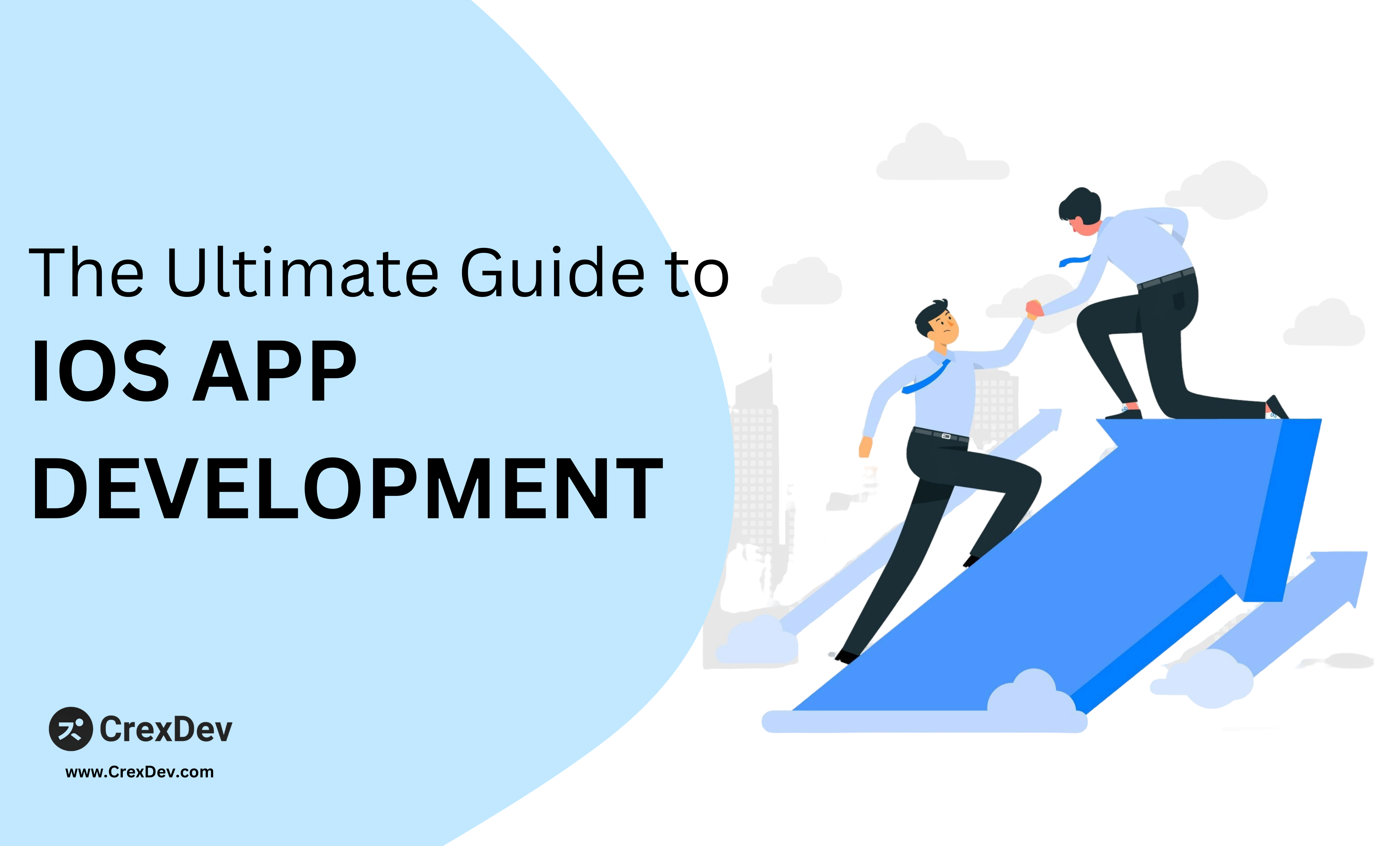
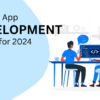

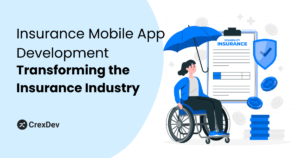
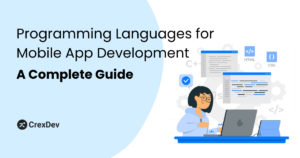
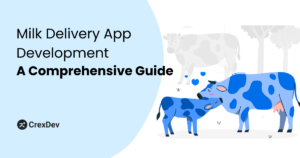

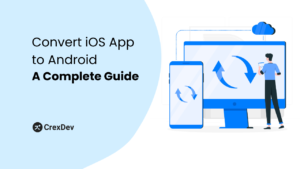
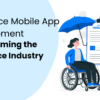

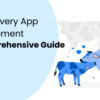

Add comment